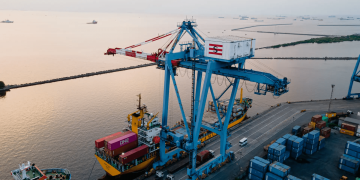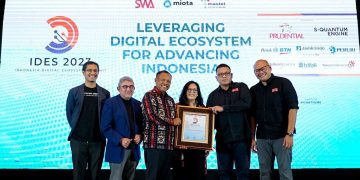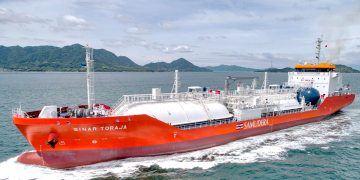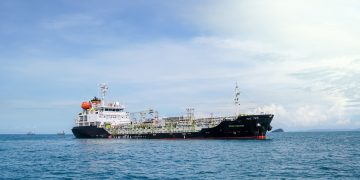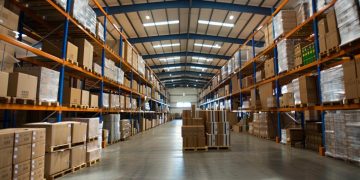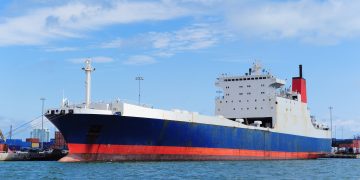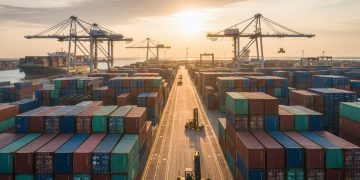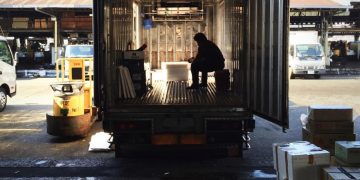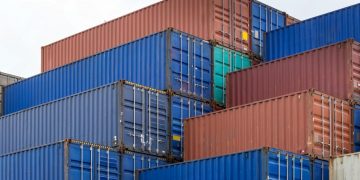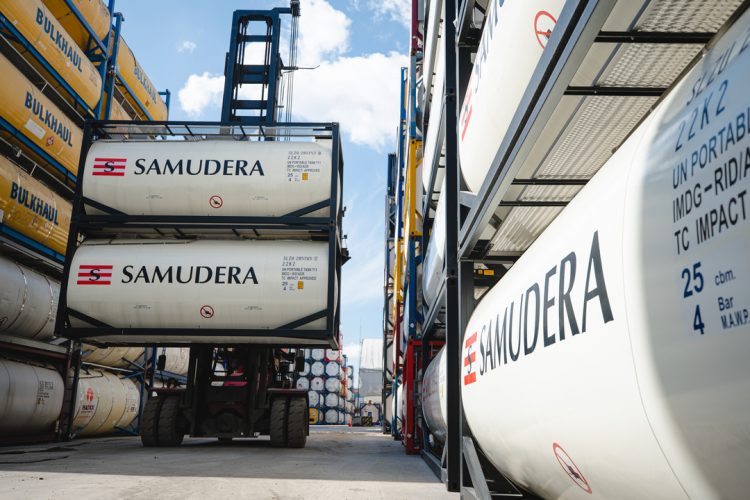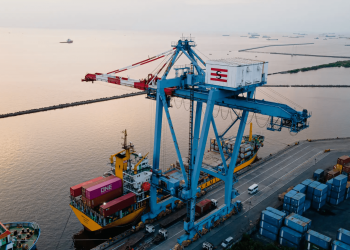In the transportation industry, logistics plays a significant role in determining the overall environmental impact. Transportation activities, especially in bulk liquid and gas logistics, often leave a large carbon footprint. Therefore, businesses need to carefully consider how their logistics practices affect the environment. By adopting sustainable methods, companies can improve their Corporate Social Responsibility (CSR) programs while helping to protect the environment.
When it comes to ISO tank containers, environmental sustainability means transporting gases and liquids in a tank container with a minimal impact on the environment. This approach involves reducing emissions, avoiding spills, and using reusable materials that contribute to eco-friendly transportation practices.
The Environmental Impact of ISO Tank Containers
The potential environmental damage in ISO tank containers ranges from carbon emissions to hazardous chemical spills. Fortunately, accidents like spills are rare because ISO tanks are designed with numerous safety features to prevent such incidents. These safety measures make ISO tanks one of the most environmentally friendly options for bulk liquid and gas transportation.
ISO tanks are typically made from stainless steel, which is highly recyclable and reusable. This material not only ensures durability but also contributes to environmental conservation by reducing waste. As a key component of eco-friendly transportation containers, ISO tanks help companies like Silkargo Logistics in Singapore to protect natural resources, save energy, and reduce the amount of waste heading to landfills.
Singapore’s Commitment to Green Logistics
Singapore has set ambitious environmental goals under its Green Plan 2030, aiming to become a leading center for green finance and services to support Asia’s transition to a low-carbon and sustainable future. In line with this initiative, companies in Singapore are increasingly mindful of their environmental impact, particularly in logistics.
By integrating sustainable practices in ISO tank logistics, businesses can contribute to Singapore’s vision while reducing their carbon footprint and improving their environmental performance.
Reducing Carbon Footprint in ISO Tank Operations
A critical aspect of sustainable ISO tank containers is the optimization of fuel usage. Businesses can significantly reduce emissions by selecting the most efficient transportation routes and methods. Lower fuel consumption not only reduces pollution but also cuts operational costs.
The future of sustainable logistics also lies in adopting electric vehicles powered by clean energy. These vehicles produce fewer emissions than traditional vehicles powered by fossil fuels, helping companies meet long-term sustainability goals. By transitioning to electric fleets, ISO tank operators can further reduce their carbon footprint and contribute to a cleaner, greener future.
The Role of Recycling and Waste Management
ISO tanks’ stainless steel construction makes them recyclable, which aligns with the principles of sustainable development. The continued use of recyclable materials in transportation containers reduces waste and the strain on natural resources. By incorporating eco-friendly shipping practices, such as sustainable packaging and waste management, businesses can further minimize their environmental impact.
In addition to waste reduction, working closely with suppliers who prioritize sustainability ensures that the entire supply chain contributes to environmental conservation. From packing to shipping, ISO tank containers can adopt greener methods at every stage.
Choosing the right ISO tank company for your bulk transportation is an eco-friendly and cost effective choice, like Silkargo Logistics. Silkargo Logistics is an ISO tank company based in Singapore under Samudera Shipping Line. We offer you T11 ISO tanks to carry food-grade products, hazardous chemicals, and non-hazardous chemicals. We also take environmental responsibility seriously, which will undoubtedly align with our sustainability program.

